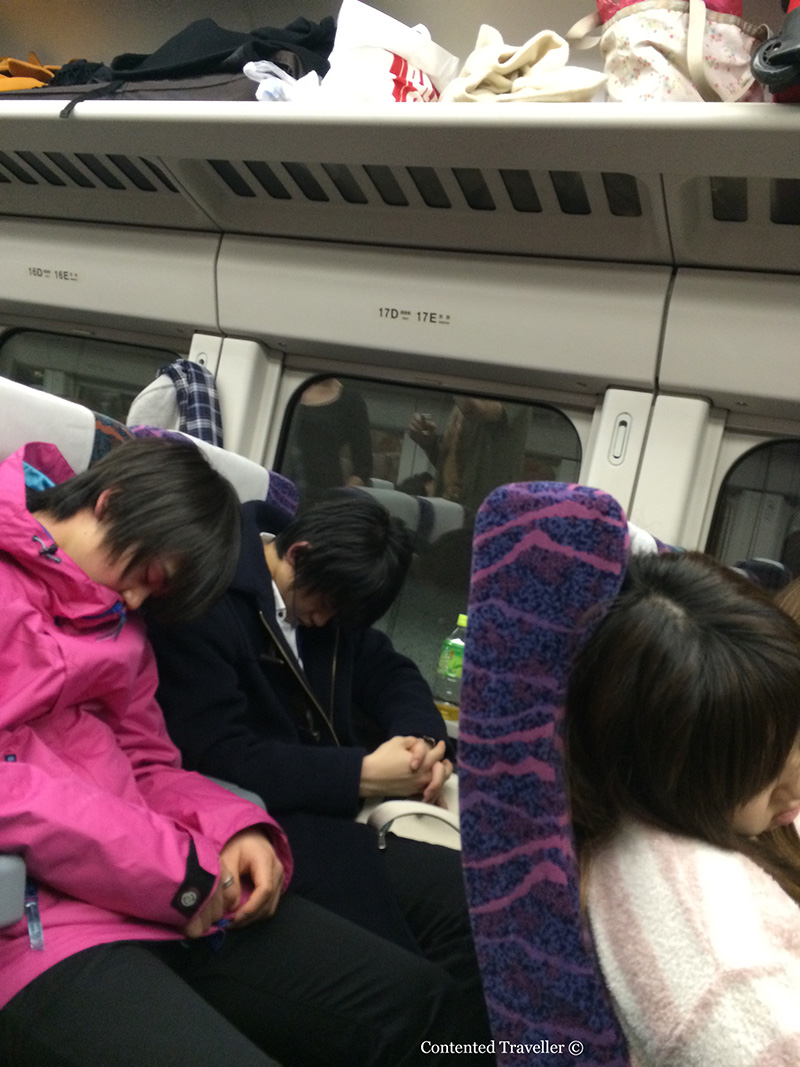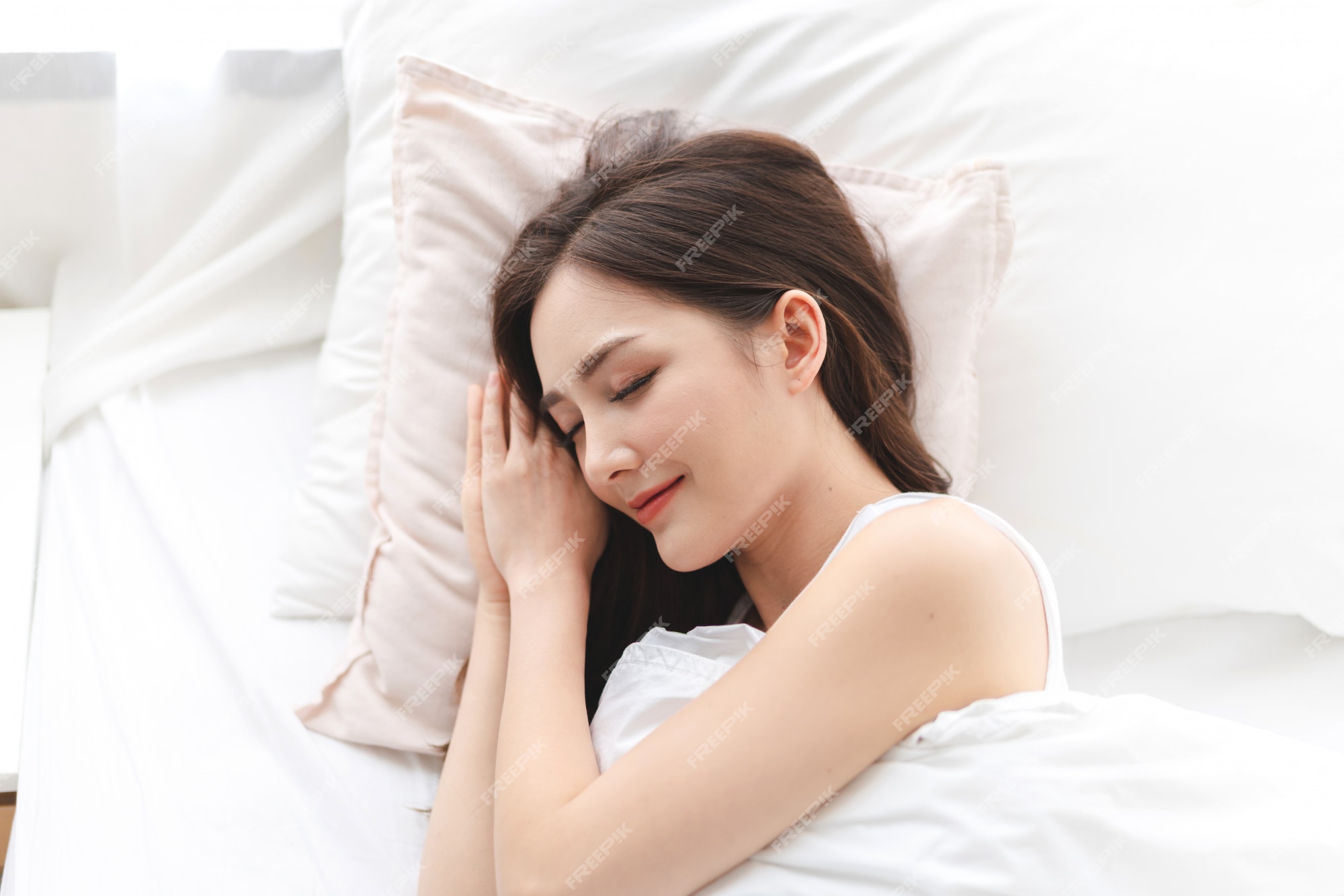
Top View Attractive Asian Young Woman Stock Photo 1939713604 Shutterstock
What time do Japanese usually sleep? In this article, we'll explore the average bedtime in Japan and the effects of going to bed late or early. We'll also look at tips for getting better sleep and whether it's possible to get a good night's rest in Japan. 2. What is the average bedtime in Japan?

In Japan, husband and wife are not allowed to sleep together, know the
The basics: The biggest differentiator in the traditional way the Japanese sleep is that they sleep on the floor, on top of a precisely arranged combination of cushions and mats. At the bottom is a tatami mat, followed by a Shikifuton (or mattress) and a kakebuton (the duvet), and topped off with a buckwheat hull pillow.

Consumption of fermented food during pregnancy linked to better infant
The Japanese don't sleep. They don't nap. They do 'inemuri'. Dr Brigitte Steger explains. This story is featured in BBC Future's "Best of 2016" collection. Discover more of our picks. The.

The men's football team was rated as the "sleeping pig" by Japanese
What do Japanese people sleep on? Leave a Comment / Question about Japan / By japannihon 1. Introduction When it comes to sleeping, Japanese people have a unique set of habits and preferences. From traditional futon mattresses to modern western-style beds, the Japanese have an array of options when it comes to getting a good night's rest.

japanese sleeping in train Contented Traveller
How do most Japanese people sleep? Leave a Comment / Question about Japan / By japannihon 1. Introduction Sleep is a vital part of life, and the way we sleep can have a profound effect on our physical and mental health. In Japan, the way people sleep has evolved over time and is influenced by cultural factors.

'Sleeping giant' India awakening, Stimac says ahead of Asian Cup
Typically, Japanese people sleep on a tatami mat, which is a surface created from rice straw. Some homes have daytime-folding flexible tatami mats, while others possess permanent tatami mats placed in the sleeping arrangements.

Premium Photo Portrait of sleeping young asia woman enjoy and relax
Jul 28, 2020 Japanese in their 20s and early 30s are going to bed earlier and sleeping about eight hours a day, 40 to 50 minutes longer than the same demographic did 10 years ago, according to.

87 Asian Woman Sleeping Bed On Soft Pillow Top View Images, Stock
Makura pillows are small, rectangular pillows filled with either buckwheat hulls or beans. These pillows provide support for the neck and head while sleeping on a futon or shikibuton bed. Furoshiki Sheets Furoshiki sheets are traditional Japanese wrapping cloths that can be used as sheets for futons or shikibuton beds.

Japanese Amusement Park Sleeping Capsule Hypebeast
The Japanese way of sleep has been perfected over thousands of years, and is simply a custom of their culture. While a minority are adopting western-style raised beds (this is even an option in some non-tourist hotels), sleeping on the floor doesn't look to be changing anytime soon. Soft Flooring

'Sleeping giant' India awakening, Stimac says ahead of Asian Cup
Other Sleep Principles in Japan. As well as the traditional futon sleeping arrangements, the Japanese have different views with regard to sleep compared to the Western world. Sleep principles in Japan. In families, for example, co-sleeping is common. Often, parents deliberately sleep in the same space as their young children and babies.

Why do Japanese people sleep on the floor? The Sleeping Expert
Sleeping Habits of Japanese People. Japanese people are known for their hardworking nature and dedication to their jobs. As a result, many Japanese people tend to sleep less than the recommended 8 hours per night. Additionally, due to the limited living space in urban areas, many Japanese people also tend to sleep on futons or sofa beds that.

Top View Image Asian Woman Sleeping Stock Photo 2375335539 Shutterstock
Japanese people often sleep in cooler temperatures than Americans, with an ideal sleeping temperature around 15-20 degrees Celsius (59-68 degrees Fahrenheit). 3. They prioritize a simple/relaxing bedroom

Women Sleeping On Traditional Japanese Sleeping Mats Tatami HighRes
For many centuries, Japanese practice dictates sleeping on a specific combination of mats and cushions. In fact, historical evidence indicates that the culture of the tatami dates back as early as the 8 th century. By sleeping with the mat on the floor - rather than on a bed frame, as in Western culture - the Japanese believe it helps to.

Japan health ministry panel adults sleep at least 6 hrs per
Tatami Mats. The very foundation of the Japanese sleep system is the Tatami Mat. A Tatami Mat is a firm rush grass mat designed to lay directly on the floor, creating a base for your Shikifuton that promotes air circulation. Learn more about tatami mats here, and be sure to follow our tatami mat and shikifuton size guide before ordering.

'Sleeping giant' India awakening, Stimac says ahead of Asian Cup Al
Japanese even has a specific term for this sleeping-but-not-totally-sleeping state — inemuri (居眠り). Inemuri translates as "sleep while being present." Not to be confused with hirune (昼寝), which translates as " daytime sleep ," or napping, which would be intentional. Young children have time allocated for hirune.

Pretty little girl resting in cafe, eating sweet cake Stock Photo Alamy
A Glimpse into History: The Traditional Japanese Sleep Culture Japan's unique culture has deep roots in its rich history, and sleeping on the floor is one such practice that traces back centuries. Traditionally, the Japanese have favored simplicity, flexibility, and the efficient use of space in their daily living.